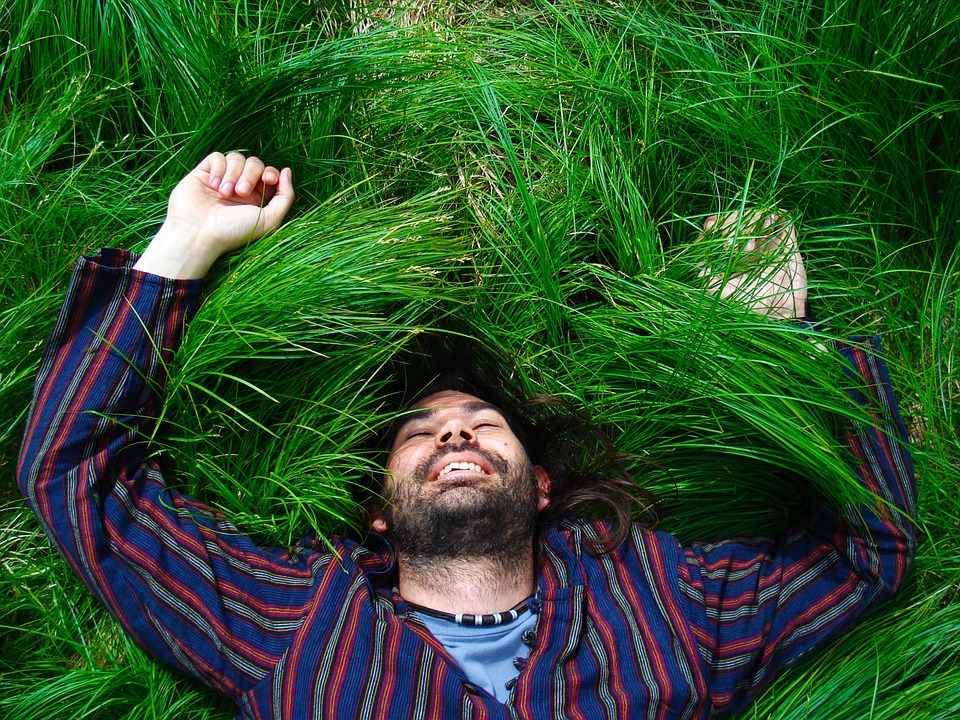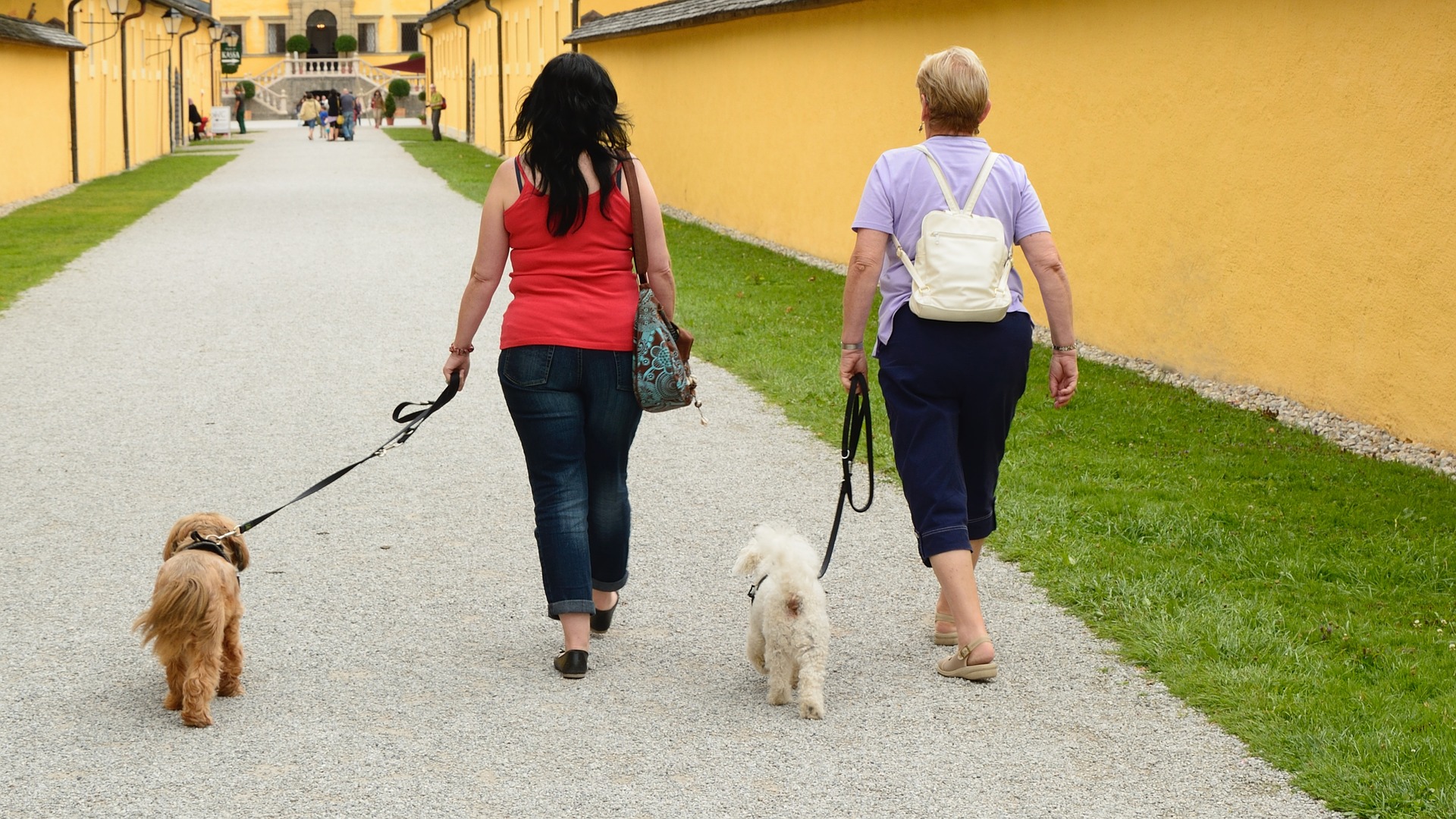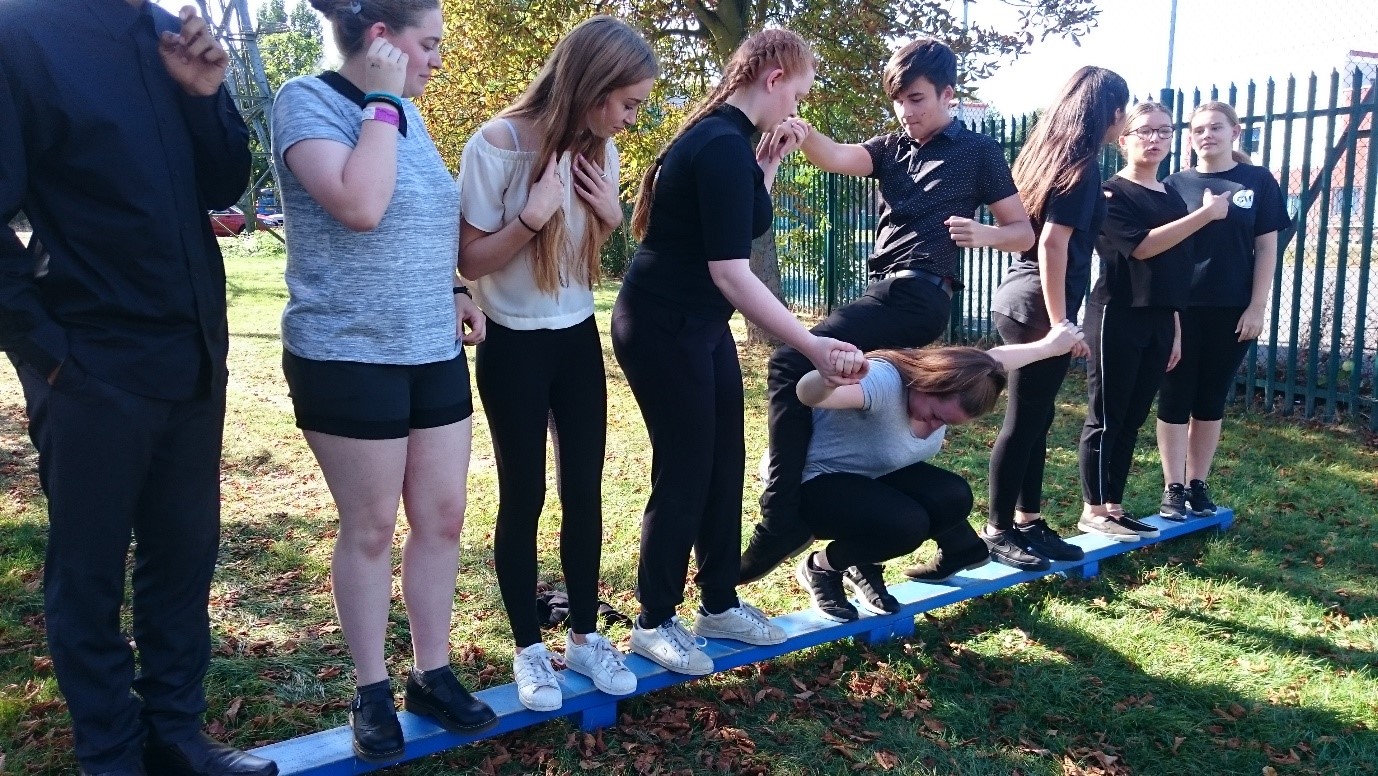With the holiday season beginning to descend upon us, “Joy to the World” and festive cheer tends to have most people smiling as they spend time with their nearest and dearest. From large family Thanksgivings and close family Hanukkahs to rowdy Christmas events and New Years parties, this is a time for people to be together. Sadly, not everyone is able to feel the merriment of the next couple of months. Who can forget the tearjerker of an advert from John Lewis back in 2015 entitled The Man on the Moon, which highlighted loneliness amongst the older generations. Yet, perhaps surprisingly, according to a number of recent studies on the topic, the people who feel most lonely are young adults.
The biggest ever “Loneliness” study in the UK of 55,000 people found that two in five 16-24 year old’s reported feeling lonely often or very often, a figure which showed that they experienced this feeling more than any other age group. With these tech savvy youngsters using all the social media platforms, they are more connected than ever before. But having thousands of Facebook friends does not necessarily translate to real life. The report, which was conducted by BBC 4’s All In The Mind in conjunction with the Wellcome Trust, in fact found that those who report feeling more lonely had more Facebook friends than those who do not. This also manifests in physical problems, with the effect of the ”Loneliness Epidemic” said to be as damaging as smoking 15 cigarettes a day.

Image Source: Pixabay
How can young people tackle the problem?
Simply being outside is a great place to start. A study at the University of Essex found that just 5 minutes a day outdoors was enough to improve people mood and self-esteem. When outside, and especially if the sun is shining, our bodies release endorphins and other “happy hormones” such as serotonin which makes us feel good. When people feel good about themselves, they are more likely to interact with others. Even a short walk to the local shop and a quick chat with the cashier can raise a person’s mental state significantly.

Image Source: Pixabay
Exploring the world outdoors naturally brings people into contact with one another. Walking along a path or trail, generally folk will say “Hello” or “Good Morning.” Dog walkers are especially known for this! Repeated often, this can lead to more meaningful interactions as people start to recognise each other. If you don’t have a dog of your own, why not volunteer to be a walker at a local refuge or shelter?

Image Source: Pixabay
Camping overnight is another great way to spend time outdoors with people. Even going on your own, campsites are very social places, with communal washing up areas and pitches near others. Lots of local groups organise campouts, so why not try to find one in your local area?
If the idea of approaching others is off-putting, there are ways of attracting people to come to you. Taking something as small as a couple of balls to a local park to try and teach yourself to juggle, or make some simple sock poi, or a simple slackline between two trees will act as a magnet. People will be curious as to what you are doing and will come over and ask, maybe giving you a chance to demonstrate your skills or even to share some of their own with you.

Image Source: Pixabay
Joining a sports team or special interest group is a great way to meet a lot of new people. With local Facebook groups and sites such as MeetUp, it is easier than ever to find people with whom you share common ground or try something completely new and have people to laugh with. Interacting via digital platforms before and after taking part can help lessen the initial anxiety about meeting, and continue to build the relationships as time goes on.
How can a WiseUp Team Building day help?
By taking part in one of our bushcraft or archery events, thousands of students have the opportunity to try something they haven’t done before. This has led to many of them pursuing these new interests by joining archery clubs and scout groups.
Our range of team building and problem solving challenges are designed to be completed in teams. By ensuring that young people have to combine their skills in order to finish a task, this causes a release of the bonding hormone, Oxytocin. Participants realise the value of working with others rather than trying to do everything on their own. This is even further emphasised with tasks which involve people physically supporting one another (maybe over or around something) as oxytocin is stimulated by touch. Meaning that the physically closer people are to one another, the mentally closer they are as well.

Image Source: WiseUp Team Building
Contact Us
Give our lovely office team a call on 01732 822753 or drop us an e-mail to find out what we can offer your students to help them make new friends and strengthen existing bonds.
Title Image Source: Pixabay
Return to Blog


